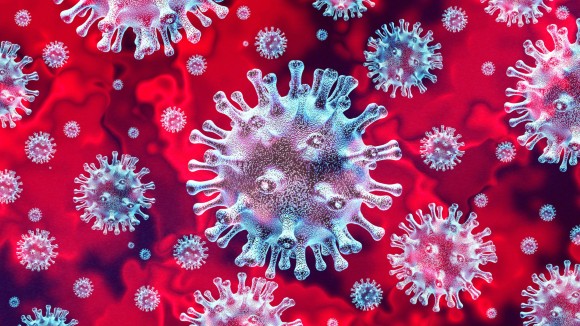The World Health Organisation (WHO) has urged the people of Saudi Arabia to remain vigilant over the recent outbreak of Middle East respiratory Syndrome Coronavirus (MERS-Cov) in the country.
WHO report noted that between 1 March and 21 April 2025, Saudi Arabia’s Ministry of Health confirmed nine new cases of MERS-Cov, including two deaths.
The MERS-Cov cases were reported in one region in Hail and 8 regions located in Riyadh.
A concerning cluster of seven cases was identified in Riyadh. Six of these were health and care workers who got infected while treating one MERS patient.
Four of them showed no symptoms, while two had mild signs such as fatigue and nausea.
Read Also: Scientists unveil new AI pilot to predict disease, prevent outbreak
Only one of the nine patients had indirect contact with camels. The rest had no known exposure to camels or camel products, which are known carriers of the virus.
Lab tests confirmed the cases using RT-PCR between 1 March and 16 April. MERS has a fatality rate of about 36%, although this figure may be high as mild cases often go unreported.
How MERS-Cov spreads
MERS-Cov spreads through close contact, particularly in healthcare settings. It is mostly contracted from camels but can spread from person to person in hospitals and among families.
Saudi authorities have strengthened infection control in hospitals, isolated patients, traced contacts, and added MERS to their routine virus testing since 2023.
WHO says the global risk remains moderate but warns that more cases may emerge, especially in areas where camels carry the virus. Travellers could also spread the virus internationally.
People with chronic illnesses like diabetes or kidney disease are urged to avoid close contact with camels or their products, including raw milk or undercooked meat.
Health workers are advised to follow strict hygiene and safety rules, use personal protective gear, and improve hospital ventilation to prevent further spread. Although there is no approved vaccine or cure for MERS.
WHO calls on countries to boost surveillance, identify cases early, isolate infected individuals, and raise public awareness.



